63 Absolutely Fabulous Photos of the Bristol Britannia
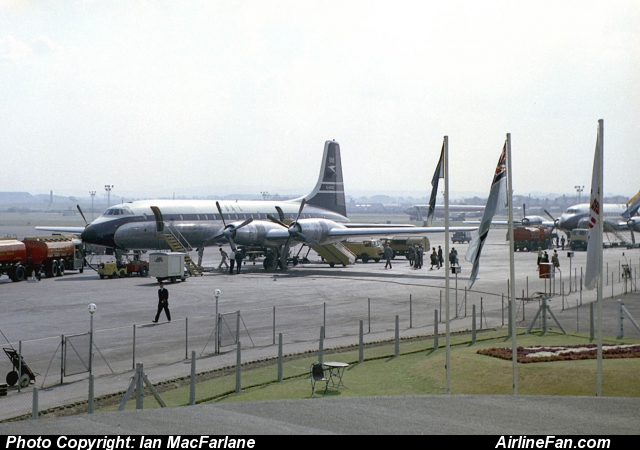
The origins of the Bristol Britannia were born in the mid 1940s, when the Brabazon Committee set forth the need for a British-built four engine commercial airliner capable of carrying 30 passengers at 300 mph over distances of up to 2,500 miles. The aircraft would need to meet BOAC's long-haul route needs well into the post war years, and it was Bristol's Type 175 that won's the airline's approval, and thus the Bristol Britannia was born.
The Bristol Britiannia was powered by four Bristol Proteus gas turbine enines and the aircraft faced several technical setbacks during its introduction to service. This resulted in BOAC having to acquire American built Stratocruisers and DC-7s to operate the airline's rapidly expanding international route network. Boeing and Douglas provided the planes to BOAC at top dollar as they knew full well the airline had no other options in the face of the Britannia delays. The most serious issue being the flame out of the Proteus engines whilst flying through cloud moisture during climb to cruising altitude.
BOAC's first Bristol Britannia operated her innaulgural service on February 1, 1957, by which time the Boeing 707 was close to entering service. Thus, the Bristol Britannia's delays resulted in the type entering service being close to obsolete.
The Bristol Britannia 200 was envisioned as a cargo aircraft and only 23 were produced, all for the Royal Air Force. BOAC was looking forward to an extended range version of the Comet 1, which would not be available until the late 1950s, and in the meantime BOAC was in need an aircraft to better compete with the new Douglas DC-7. The logical solution was a lengthened Britannia, thus the Britannia 300 was ten feet longer than the 100, and the extra fuel capacity allowed it to meet BOAC's North Atlantic payload and route requirements.
BOAC was the only factory customer for the Britannia 100. But in the mid 1950s, Bristol was successful in winning Britannia 300 orders from Canadian Pacific and EL AL, and Aeronaves de Mexico and Cubana operated Britannia 300s acquired from Bristol in the late 1950s.
All too quickly, the jet age thrust the Bristol Britannia into second tier status and the 1960s saw the former BOAC Britannia fleets operated by non-sked IT chater airlines, mostly European and UK-based. By the 1980s the Bristol Britannia was relegated to cargo hauling, primarily from Europe to points in Africa, and by the mid 1990s the Britannia had become operationally extinct.
Featured below are the very best Bristol Britannia photos from our aircraft image database. Which, by the way, are for sale in both digital and print format. If you are looking for 35mm kodachrome slides of the Bristol Britannia click here for current selection.
WANTED: Top aviation photographers to join our team.
CLICK ON PICS for IMAGE PURCHASE / IMAGE DETAILS:
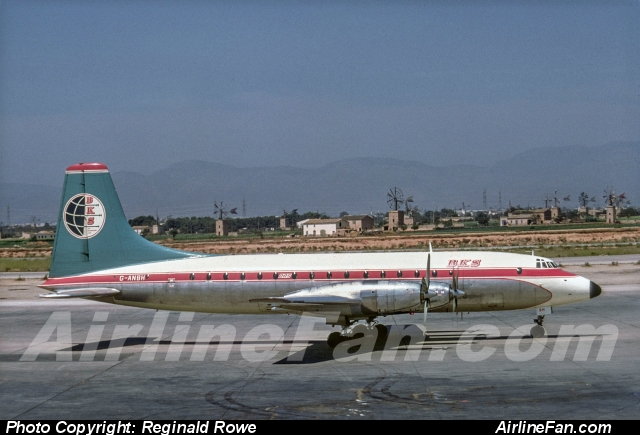

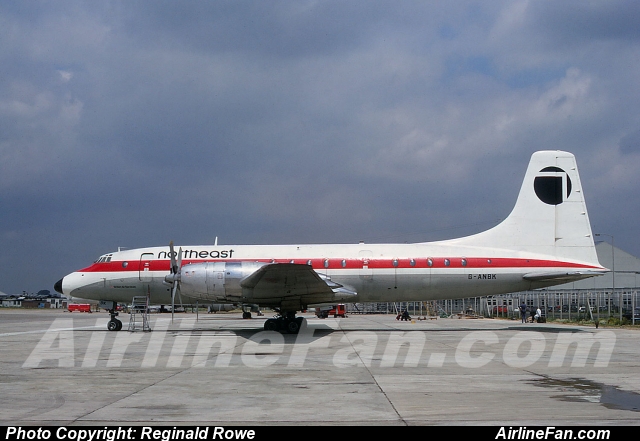
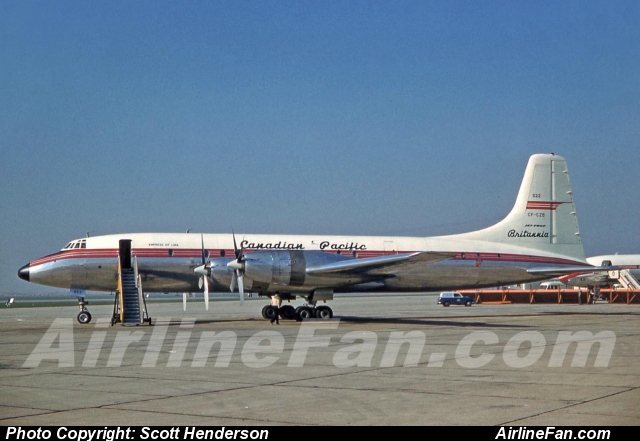
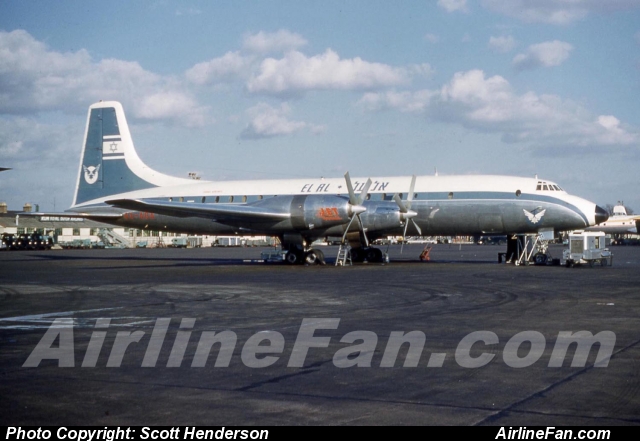
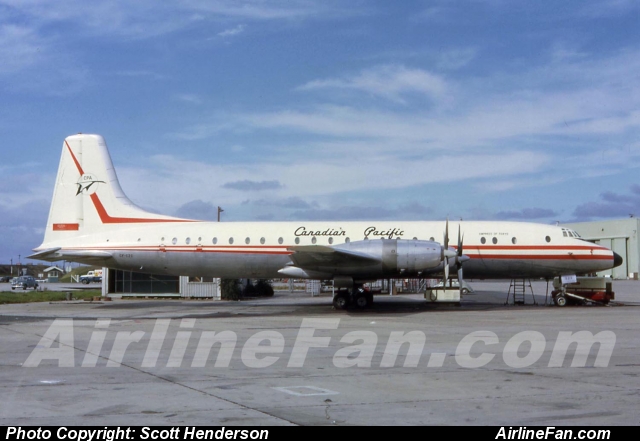
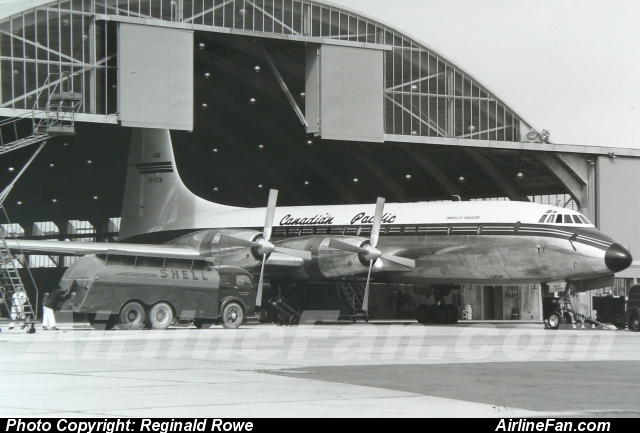
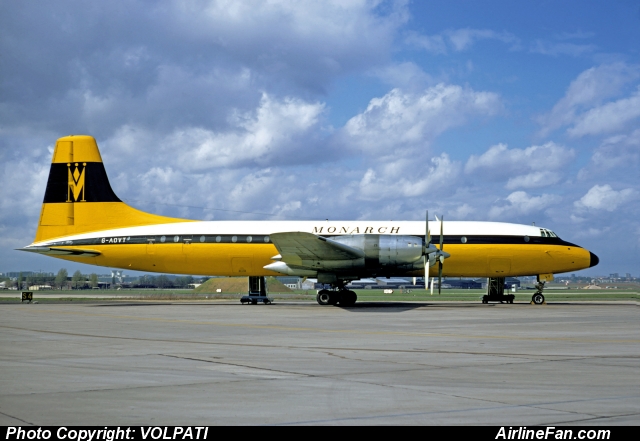

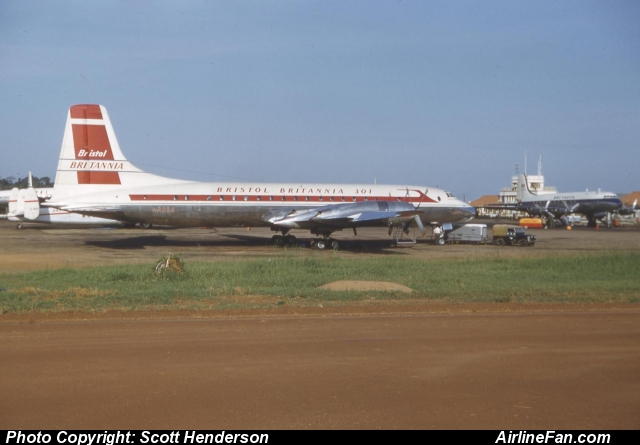
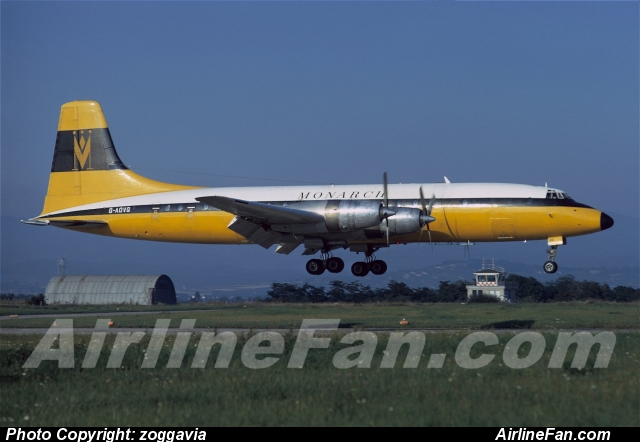
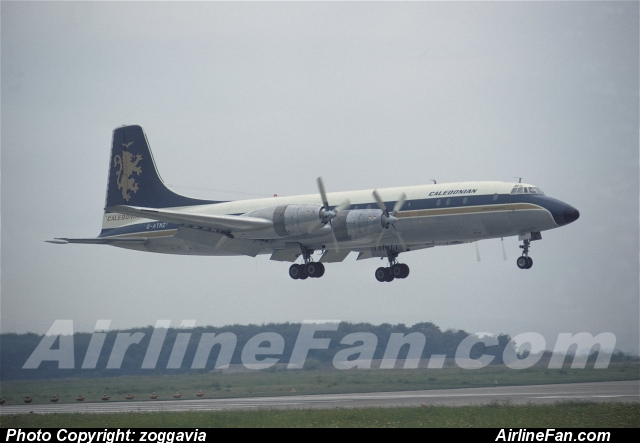
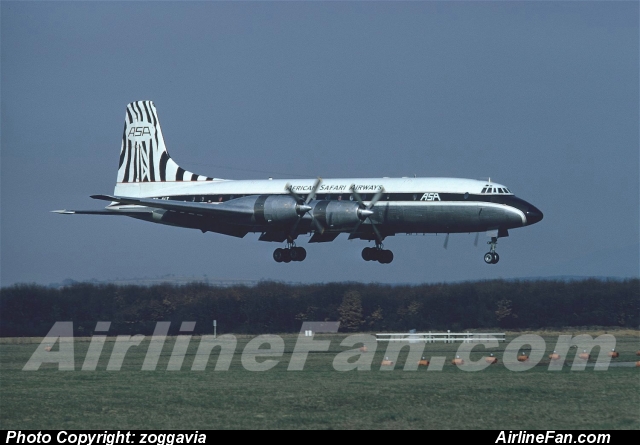
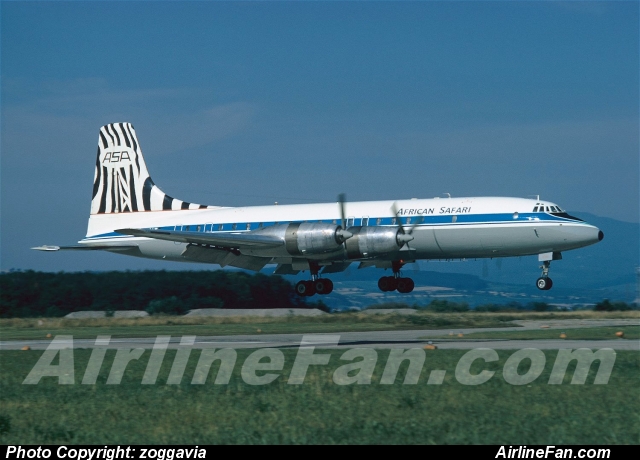
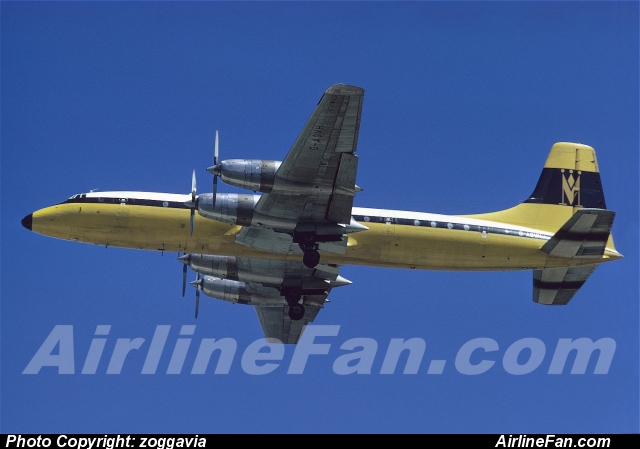
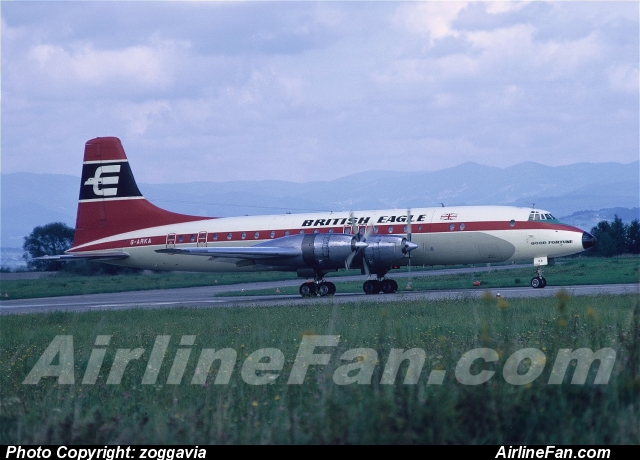
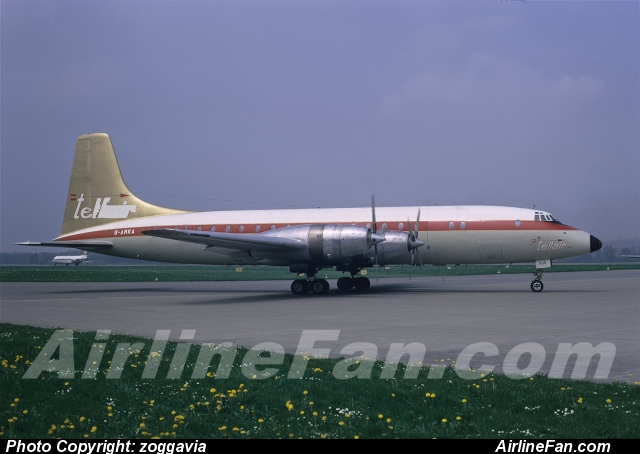
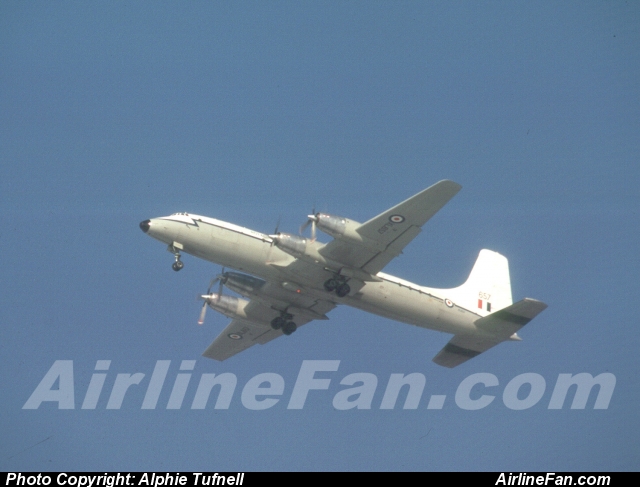
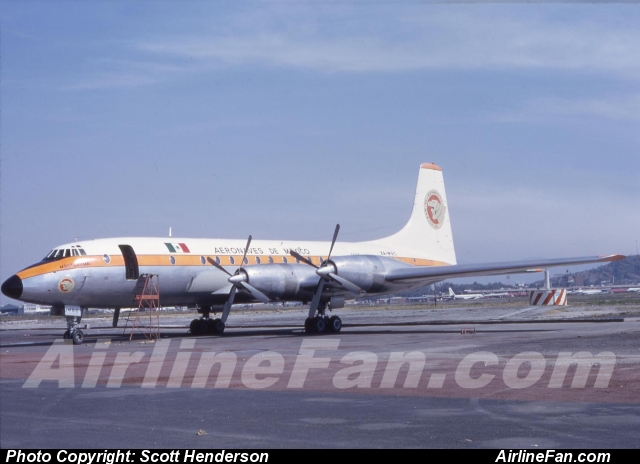


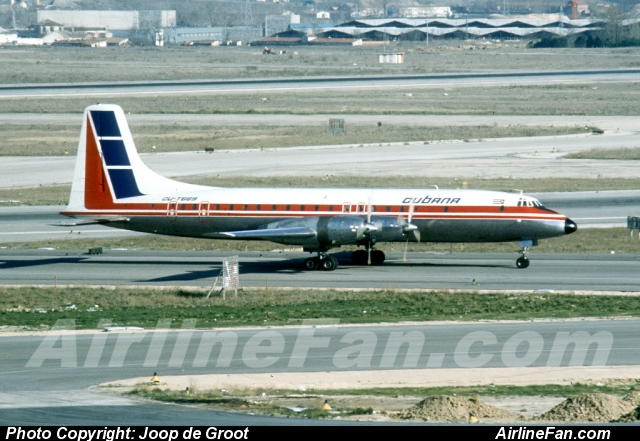
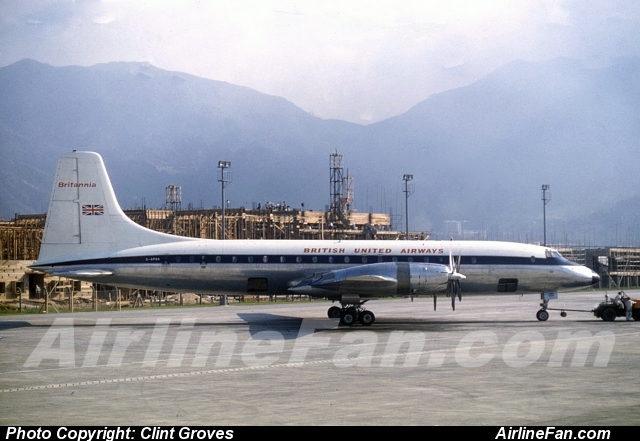
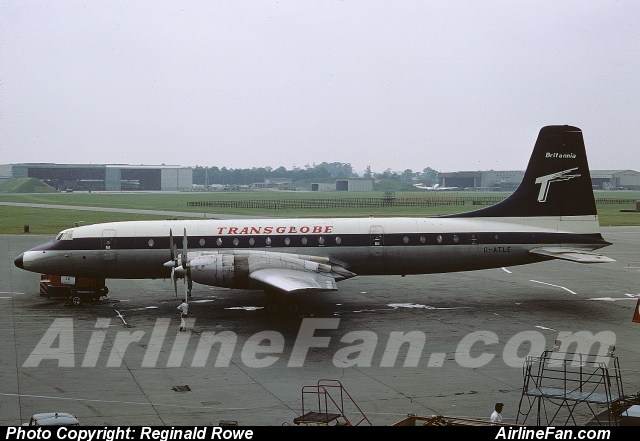
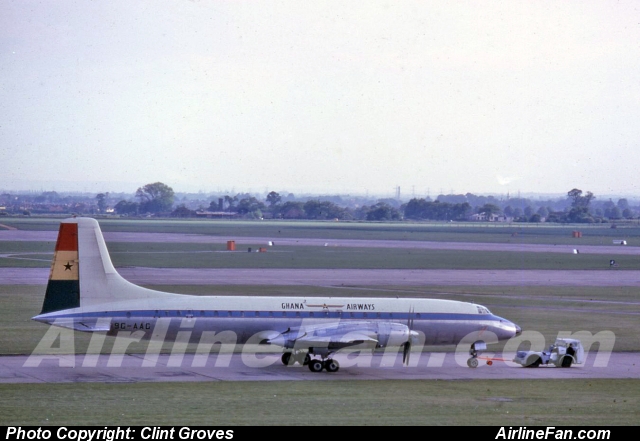
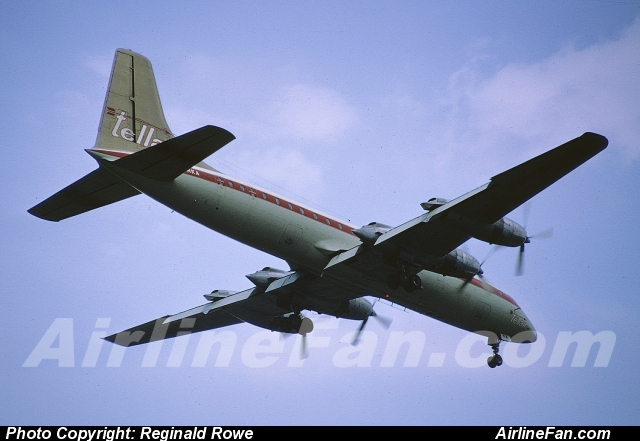
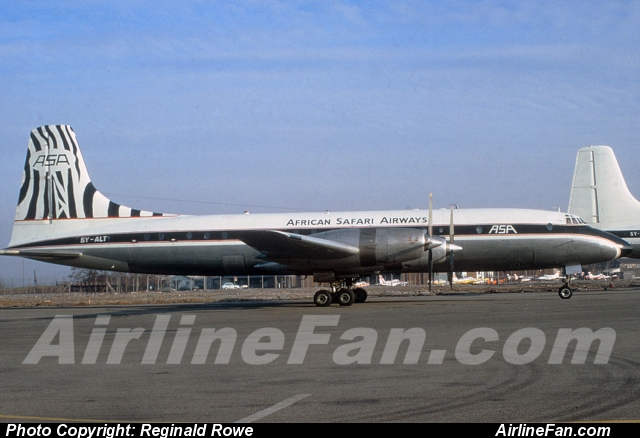
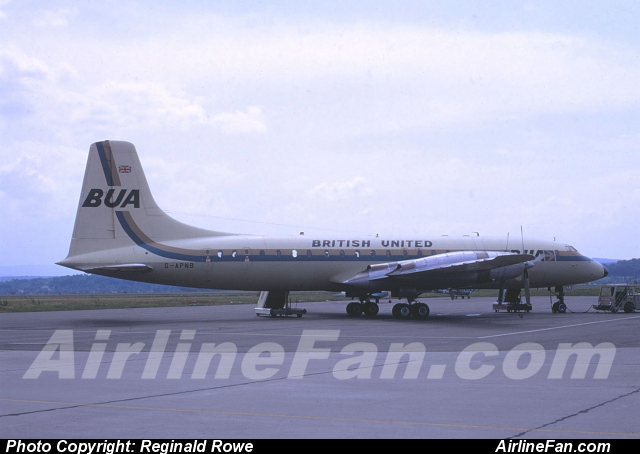
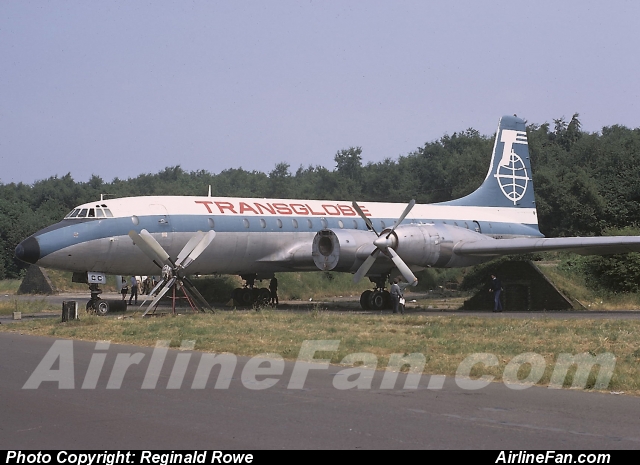
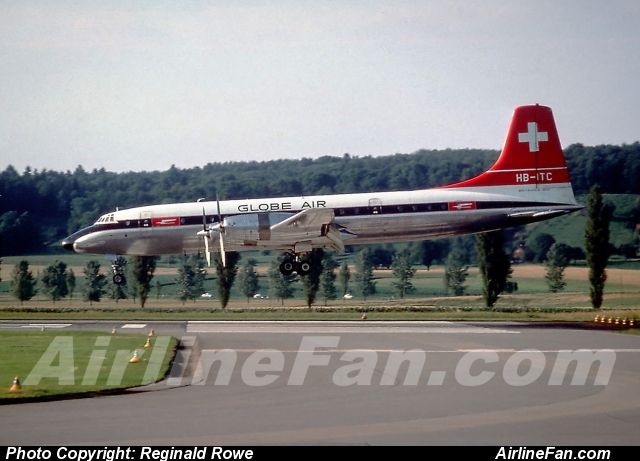
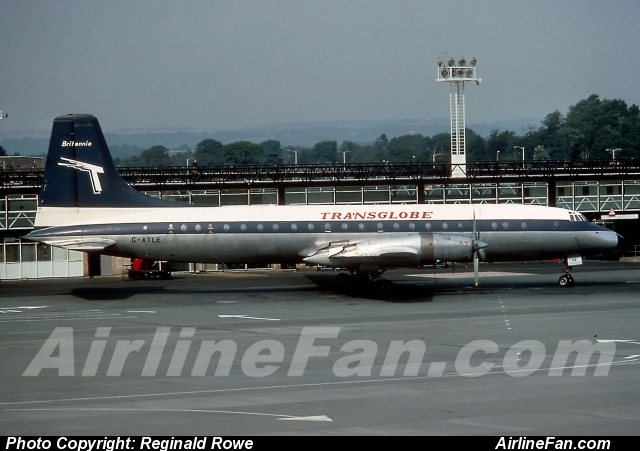
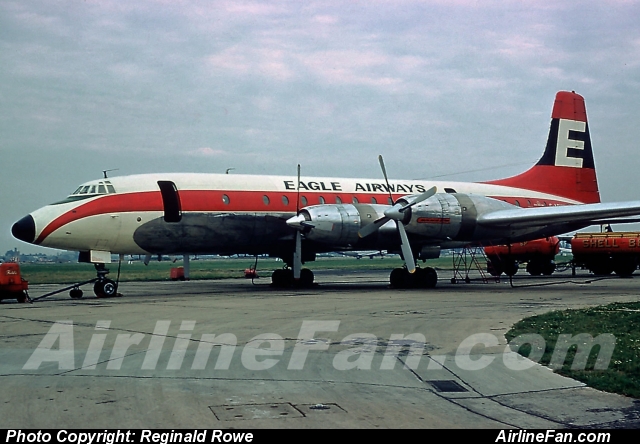
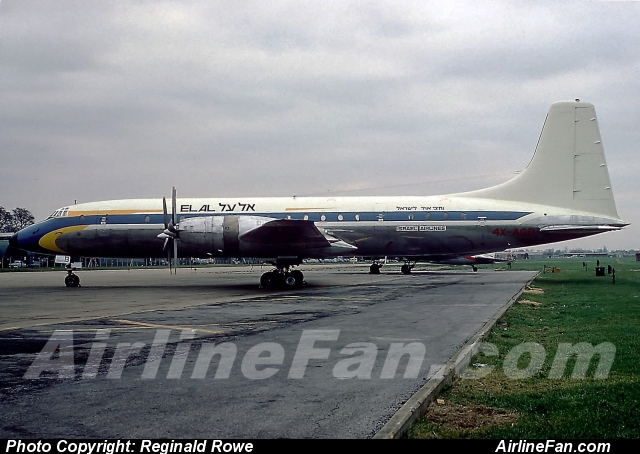
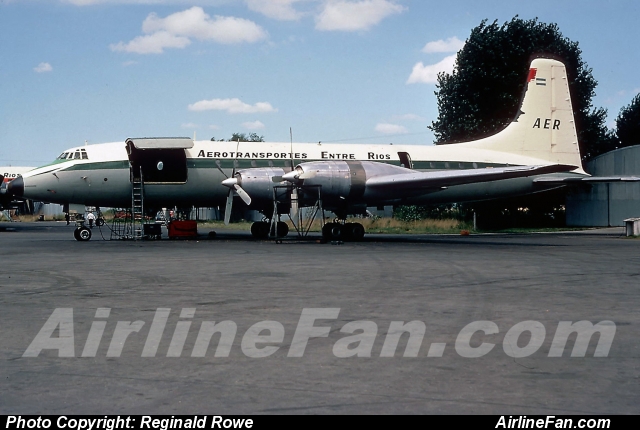

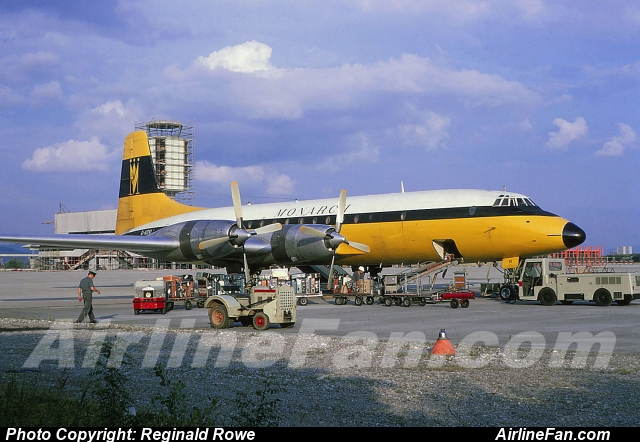
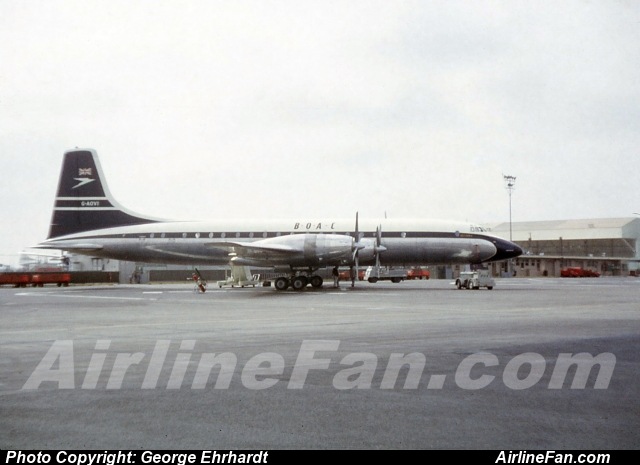
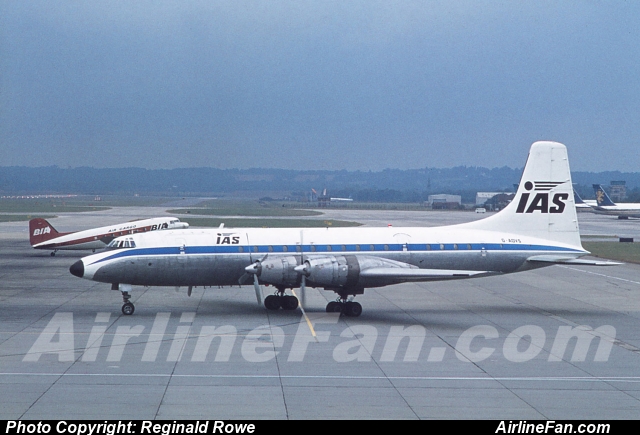

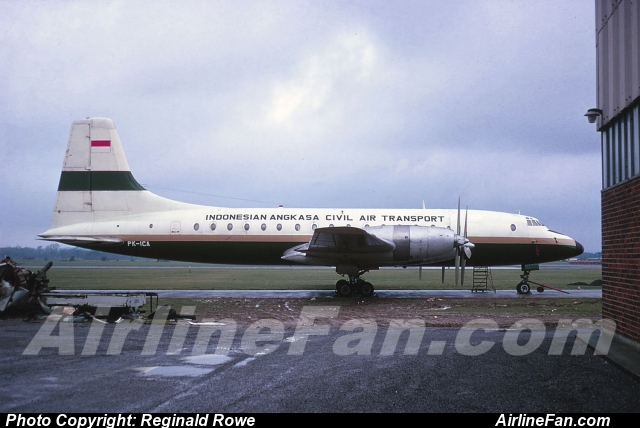


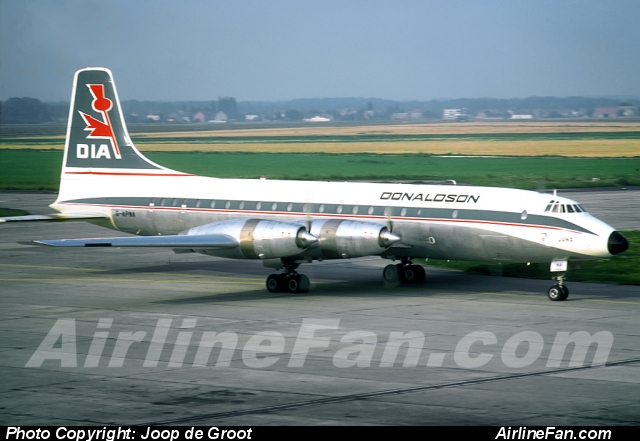
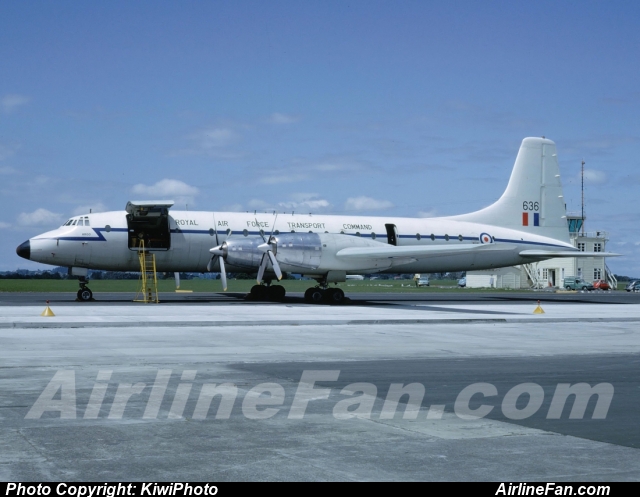



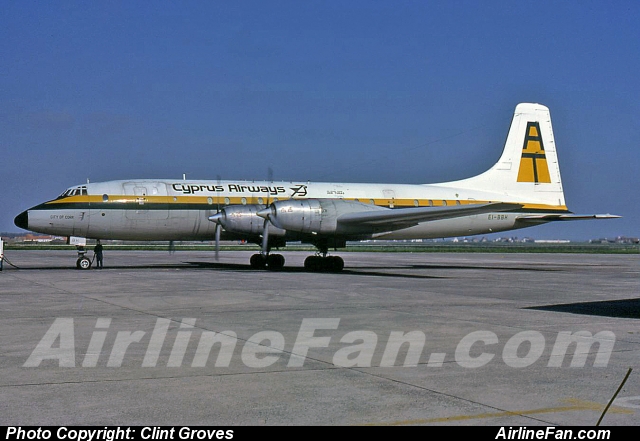


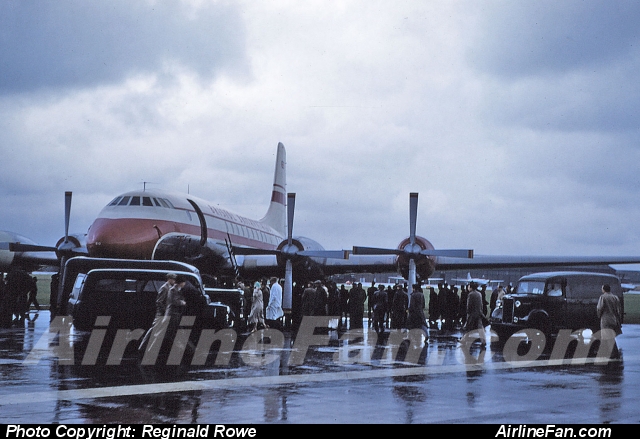
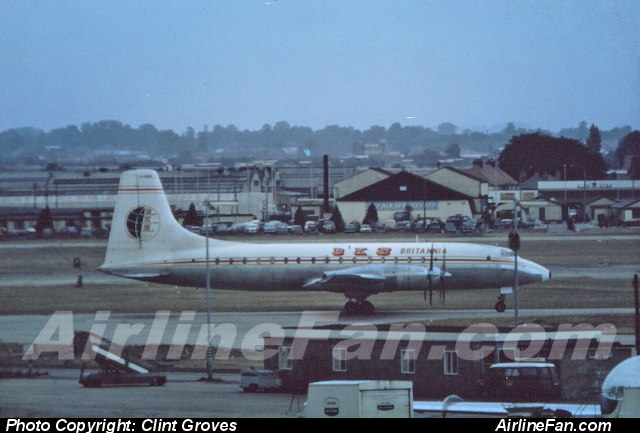
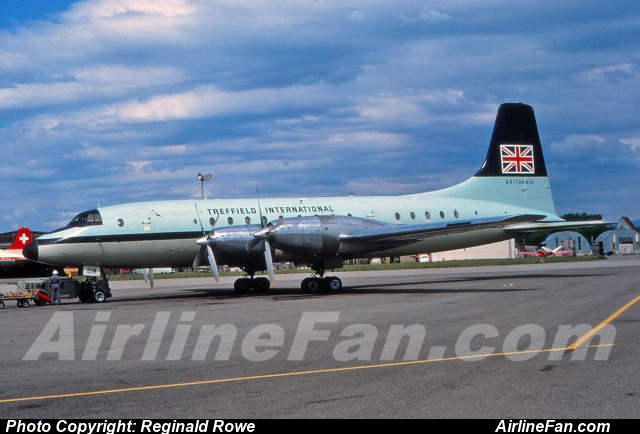
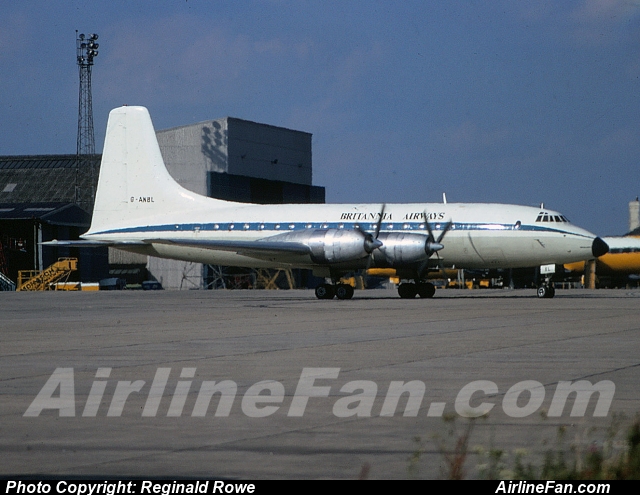
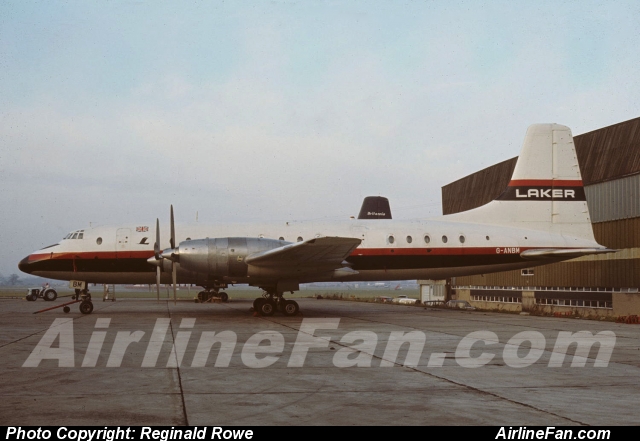
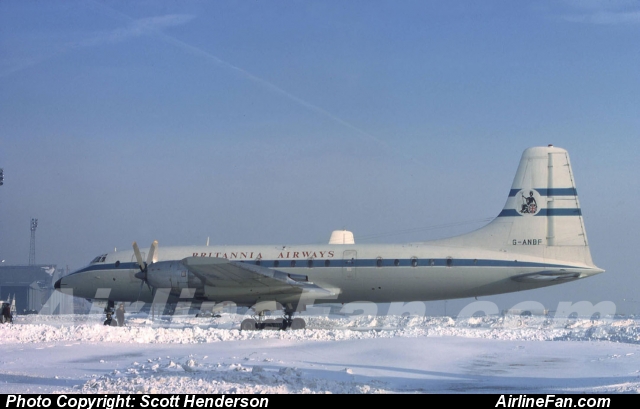
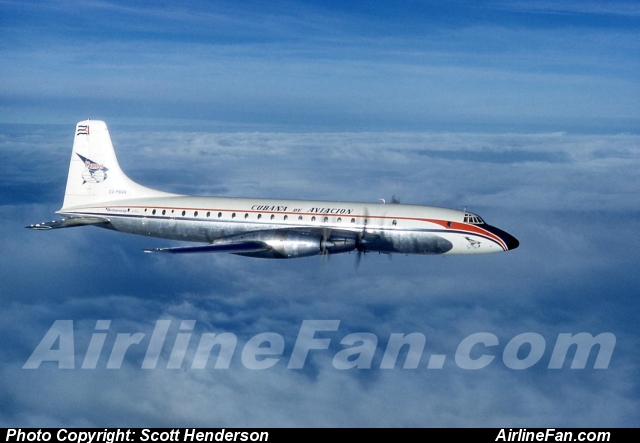
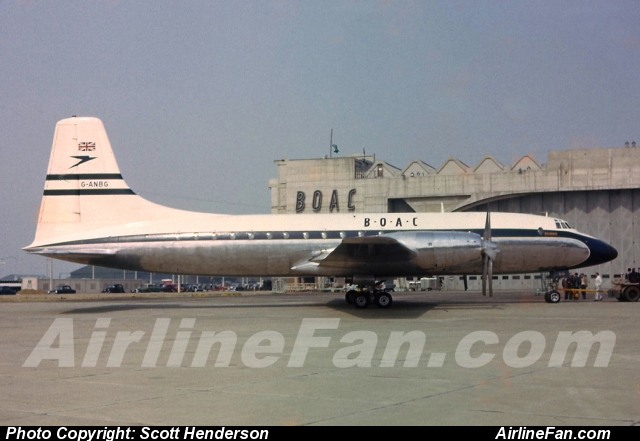
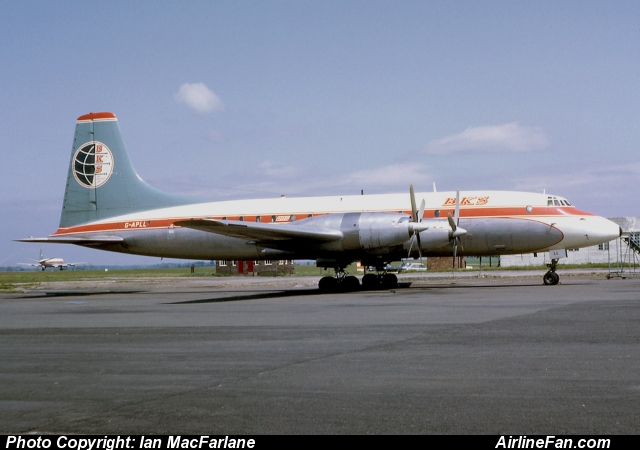
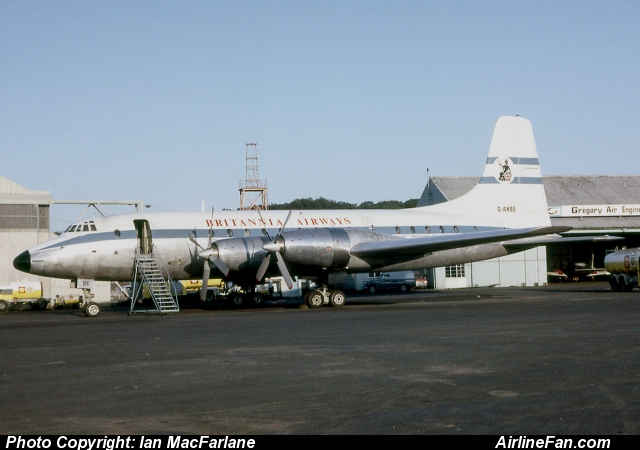
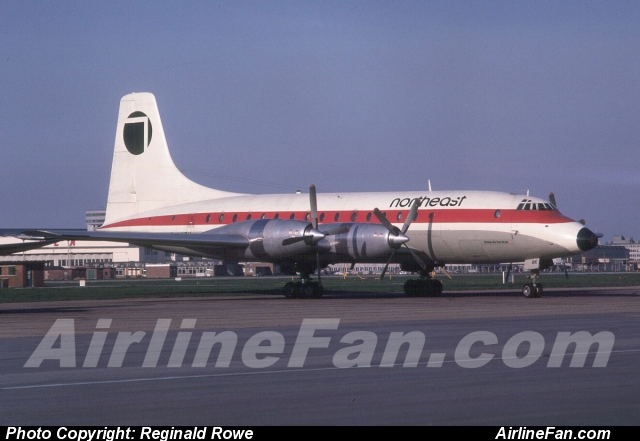
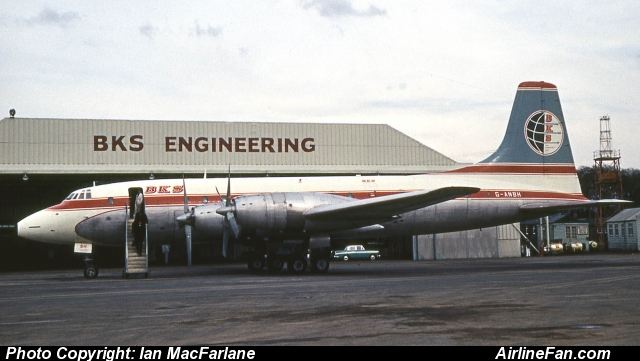 WANTED: Top aviation photographers to join our team.
To see all the Bristol Britannia 300 photos for sale
WANTED: Top aviation photographers to join our team.
To see all the Bristol Britannia 300 photos for sale CLICK HERE
To see all the Bristol Britannia 200 photos for sale CLICK HERE
To see all the Bristol Britannia 100 photos for sale CLICK HERE